Working with your stuffed animal, take a series of photos of it at each of the four stations. The goal is to create the most varied series of photos that you can on this one stuffed animal.
Continuing to work with the same stuffed animal and no other props, create two final photographs-one that illustrates the idea of a happy childhood and a second that illustrates the idea of a difficult childhood. Convey the difference in emotion between the two photos with the lighting. Consider the angle of view and framing as well.
No stereotypes. Keep it fresh.
Post a minimum of 20 photos of your stuffed animal to Flickr from the first part of the exercise and your two final shots. Send these two images to the class group and one or two others that represent your best work.

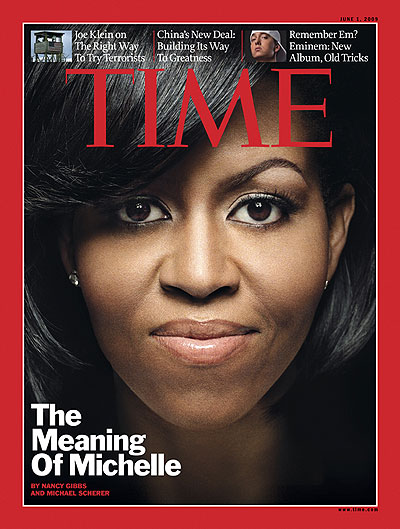


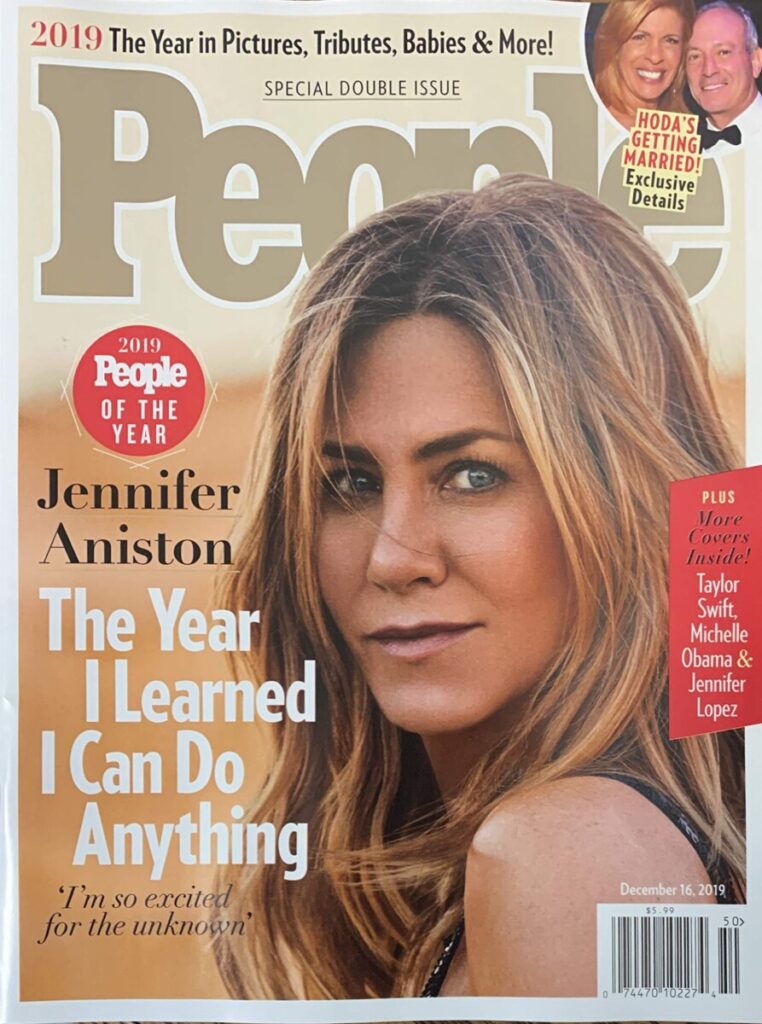

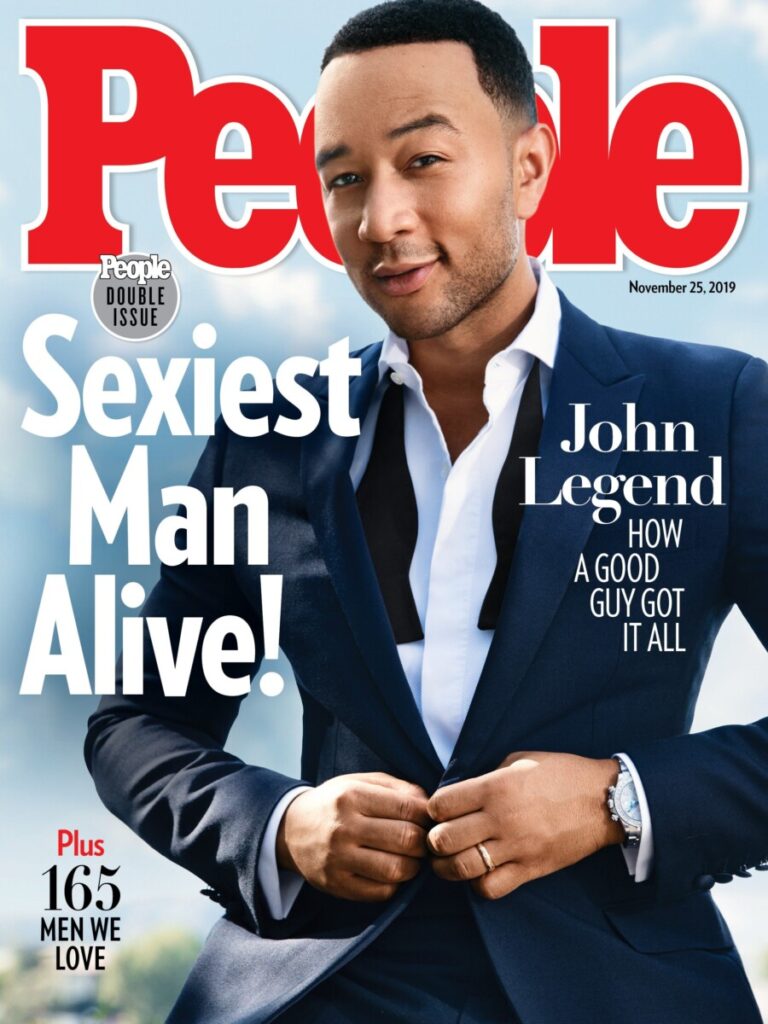
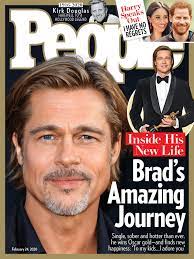



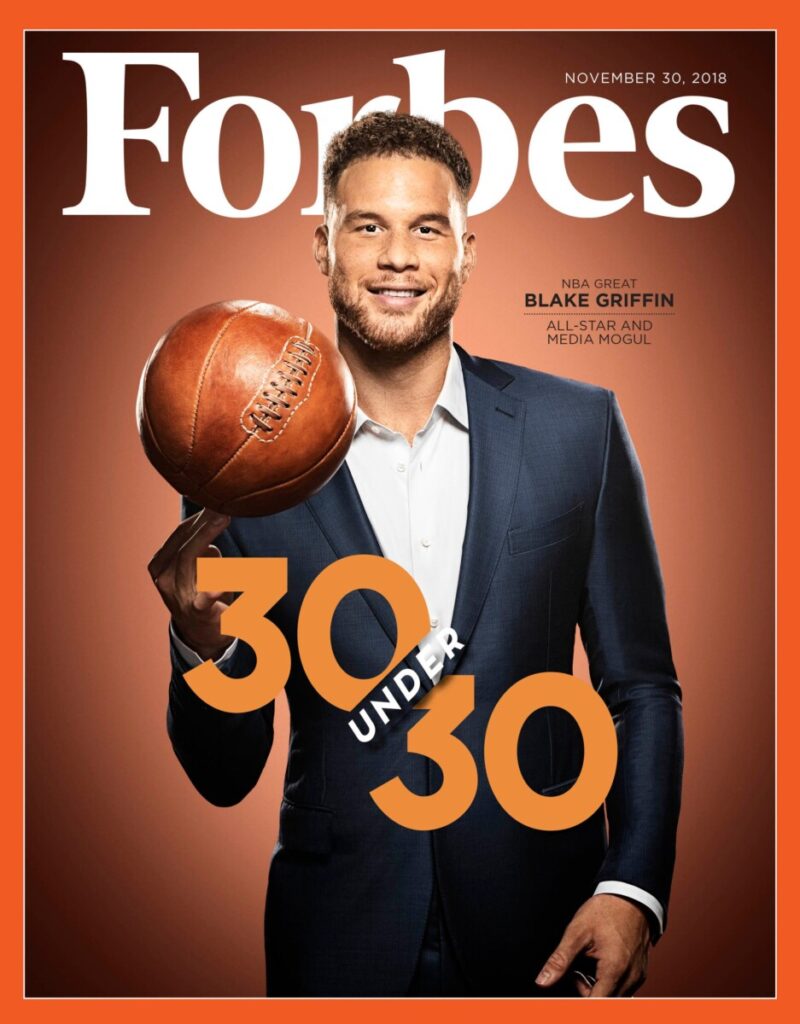







Recent Comments